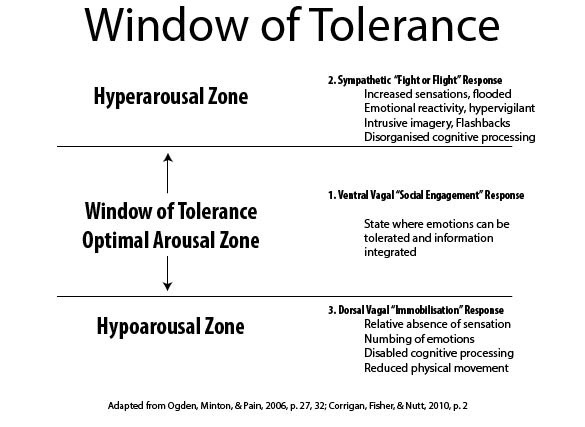


FIGHT FLIGHT FREEZE FAWN FLOP FRIEND TV
The person who binges on TV to suppress anxiety is stuck in Freeze. The person who throws themselves into work to escape ‘unsafe’ emotions like heartache is stuck in Flight. The examples at the beginning illustrate this idea - they all describe people locked into a Five F Response that isn’t helpful to them.įor instance, the person who routinely talks over their partner during disagreements is trapped in Fight. Put simply, when the Five F Responses become a default response to the ‘danger’ of emotional pain, it can cause big problems. This is particularly the case if we experienced challenging or traumatic times growing up, so had to find ways of surviving them. This can include in relationships, the workplace and situations that we perceive to be threatening but aren’t. In other words, when we get locked into one or more of them as a coping mechanism, often in ways that aren’t appropriate for the current situation. However, problems arise when these survival responses take over our life. We need them and they often work very well. These responses are just the same as our ancestors would have used and we can see other animals using them too. In the case of inescapable threat, we might then switch to a passive response of Fawn, when we switch into appeasing behaviour to de-escalate danger, or Flop, where ‘playing dead’ (either through faking it or fainting) is the only viable survival option left.Įssentially, we evolved our Five R Responses as a way of surviving dangerous situations. In Freeze, another branch of our nervous system causes us to temporarily be unable to move as we scan for further information, staying still and watchful until the danger passes.

If neither of these are possible, then we stay activated and on high alert in Freeze mode, where we can easily switch back into Fight or Flight if needed. If this doesn’t work (or if it isn’t viable), then we move into Fight or Flight - the active responses where we mobilise ourselves to remove the threat (either by removing ourselves or neutralising the source of danger). Initially we might try to defuse the situation with our social engagement system, which is our first line of defence. We can think of this as a threat defence cascade. Finally, Flop would be shutting down as a last resort and collapsing to the ground to play dead - or perhaps even literally fainting.Fawn would be speaking to the dog coaxingly or offering it some food to try to befriend it.Freeze would be staying rooted to the spot and awaiting a chance to escape.The Fight response would be picking up a stick to scare it off.To illustrate how this works, imagine walking alone in the woods and encountering a huge, growling dog. Instead, we switch into survival mode, with every part of us primed to protect ourselves from a threatening situation. Our ANS is necessary for our survival and when we are using it, signals do not go through the more evolved parts of our brains that are involved with planning, analysing and rational thought. This happens when our Autonomic Nervous System (ANS) swings into action. The Five F Responses - Fight, Flight, Freeze, Fawn and Flop - are an automatic physical reaction to real or perceived danger via a release of hormones in the body, such as adrenaline and cortisol.


 0 kommentar(er)
0 kommentar(er)
